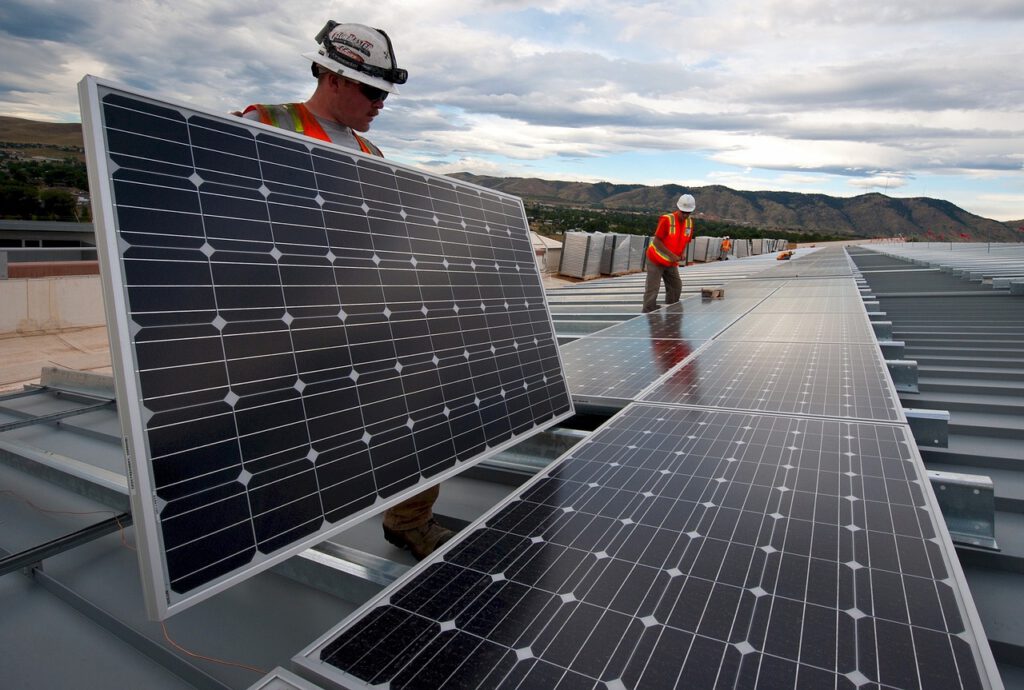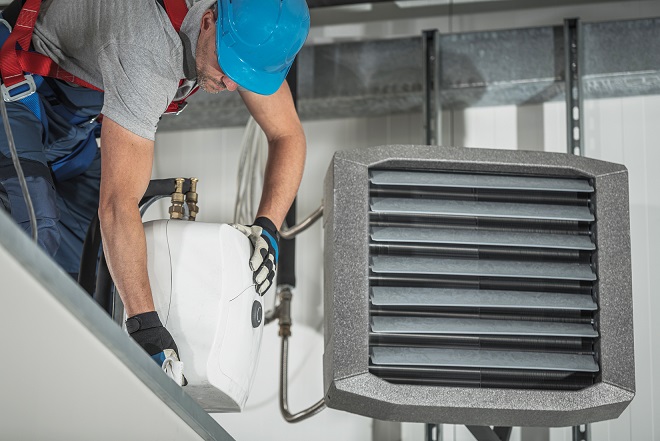
A meter monitors how much electricity you use to bring the electricity to your home. The electricity then flows through wires and switches throughout your house. These wires and switches are the source of the current, which powers your appliances. Two to three hundred outlets and switches are typical in a house.
Distributed power
Distributed energy is the power used for powering homes and buildings. This type of power can be generated and distributed with different technologies. The primary distribution current is generally between four and 35kV (phase-to–phase) or 20kV (phase-to neutral). The majority of utility customers are connected via a transformer which lowers the voltage to lower levels to allow for interior wiring and lighting. There are two types of distribution networks, radial and network. Multiple supply sources can operate simultaneously in a network distribution system. Spot networks are used to transport concentrated loads. Radial distribution is used in rural areas.

Transmission lines
Transmission lines are a path where electricity flows from a powerhouse to your home. A typical transmission line consists of three separate phases, each with its own conductor. Each phase of electricity is carried along a conductor wire. This conductor wire is made up of multiple aluminum-stranded conductors and a steel core. These conductors can be bundled together to increase their capabilities.
Inverters
Inverters produce an AC signals and can be used to accomplish many things. Inverters can produce square waves, modified sine waves, and pulse width modulated waves. In addition, they may be used to create a low-pass filter, which allows the fundamental component to pass through the device but limits the harmonic component. Inverters are generally classified according to the frequency response.
Generators
Generators generate electricity using fuel sources. They are a critical component of an electrical power house. Generators can power essential home appliances, such as lights and refrigerators, or they can also be used for camping. You can choose from two main types: portable generators to power your tent or larger, permanent generators that you install outside. Michael Faraday invented the first generator in 1831. Technology has advanced tremendously since then. There are many types of generators and each one has its advantages.
Substations
There are several factors to consider when deciding where to locate substations in an electrical power house. These factors include size, security, and location. You can find a substation underground or on the ground. Or, it may be in a specific building. Indoor substations are most common in urban areas. This reduces the noise level from transformers while protecting switchgear from the harsh environment.

Electric meter
An electric meter is a device that records the amount of electricity that is consumed. It measures electricity in watts or kilowatt hours. A watt is the product of a circuit's voltage and amperage. A watt can be calculated by adding one volt to one amp. To accurately measure the amount of energy used, however, we must also consider the element time. The unit of measurement that is used to calculate the total electricity used in a home and business is called the watt.
FAQ
Can I cancel my agreement at any time?
Yes. However, this must be done within 14 business days of signing your agreement. You can usually terminate your contract by giving written notice up to 7 working days before the end date specified in your contract. In some cases, however, you might still owe contractor money for work done.
Do I have to sign anything prior to starting work?
Yes, both parties must sign the SCA. This means that either party cannot change their mind after signing the SCA without the consenting party.
When do I have to pay for the service/contractor?
The service you are receiving will dictate the payment schedule. You would normally pay the contractor when the job is done. However, when you purchase a product from a seller, such as a kitchen range oven, you may only pay once you have received and tested it.
Are there any legal requirements to sign my service agreements?
No. No. However, you might want to appoint a legal representative as a precautionary measure.
A legal representative is someone who acts on behalf of another person. If you are a contractor, it may be a good idea to appoint someone you trust to represent you.
This could also mean that you hire a solicitor or an accountant. It could also mean someone being appointed to manage your business interests.
The client usually appoints a legal representative. Sometimes, however.
Legal representation in any case means that you are legally protected.
Statistics
- Reasonable late fees go up to 25% per year on unpaid sums. (lawdepot.com)
- Depending on the client's trustworthiness and financial stability, a deposit is usually 10 to 50% of the total contract amount. (lawdepot.com)
- (v) Place or places of performance of the prime contract and first-tier subcontracts estimated at $10 million or more, if known. (acquisition.gov)
- (1) Except as provided in paragraphs (a)(4) and (a)(8) of this section, if the estimated amount of the contract or subcontract is $10 million or more, the contracting officer shall request clearance from the appropriate OFCCP regional office before- (acquisition.gov)
- (1) Ascertain the extent to that offers are based on the payment of overtime and shift premiums; and (2) Negotiate contract prices or estimated costs without these premiums or obtain the requirement from other sources. (acquisition.gov)
External Links
How To
What's the difference between a service contract and a service agreement?
A service arrangement is an agreement whereby a provider agrees with a customer to perform services. Both parties are bound by it. The term "service" can be used to refer to the products, information, advice, or other services offered by a company.
A contract is a legally binding document which outlines the terms of a business partnership. You can purchase a product at a retailer and a contract will be created. The reason you are required to pay later is because of the obligation you have to buy it. If you accept employment you have entered into an agreement with your employer.
A service agreement does not require any formal documentation. Written service agreements are rarely used in practice. Verbal agreements, however, are common.
However, a service agreement has several advantages over a contract:
-
A service agreement can be more flexible than a contract.
-
It allows a service supplier to change its mind and not be penalized.
-
It allows for greater flexibility by the service in deciding how to provide the agreed-upon service.
-
It provides clear evidence of what was delivered.
-
It is easier for a service provider to be sued.
-
It is cheaper to draft a service agreement than a contract.
-
It is less likely that it will lead to litigation.
-
It is easier to terminate a service agreement than a contractual arrangement.
-
It's easier to modify a service contract than a traditional contract.
-
A service agreement can be used to establish an ongoing relationship.
-
It is possible for a third party to split the cost of writing a service agreement.
-
When drafting a service contract, it is possible to include a provision that requires arbitration.
-
You can include provisions about confidentiality, nondisclosure, or proprietary rights.
-
It is possible to specify the duration (e.g., for one year).
-
It is possible to make a service agreement subject to a particular condition precedent.
-
It is possible for a service provider to be held liable for only negligence, gross negligence, and/or fraud.
-
It is possible limit liability for consequential damages.
-
It is possible for a service provider to enter into a new agreement with a customer.
-
There are certain circumstances where it is possible for you to give notice of termination.
-
It is possible to request that the service provider provides a warranty.